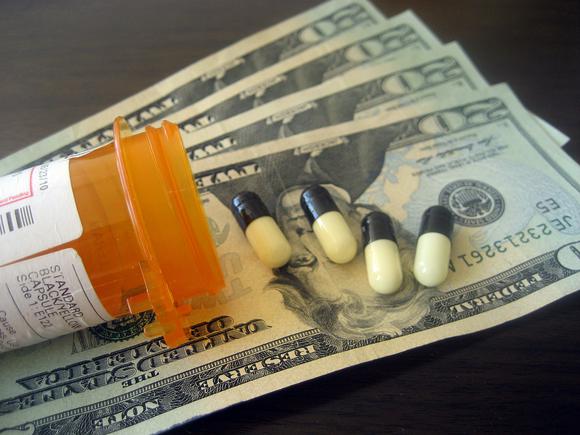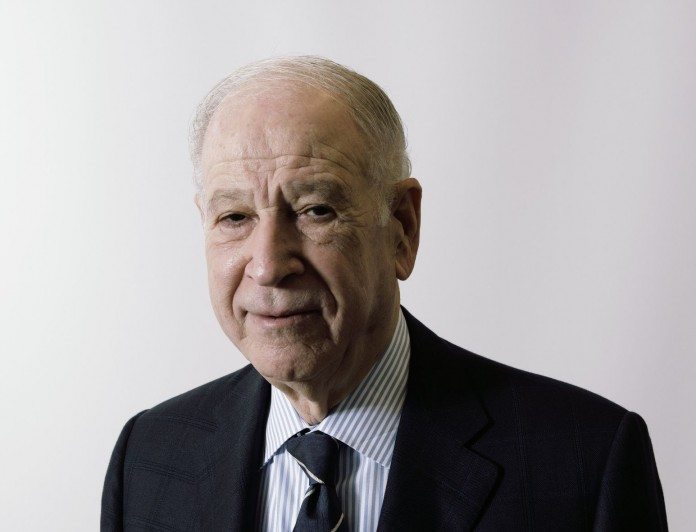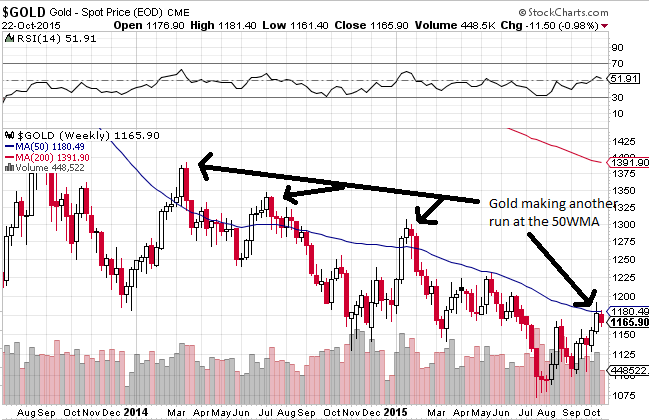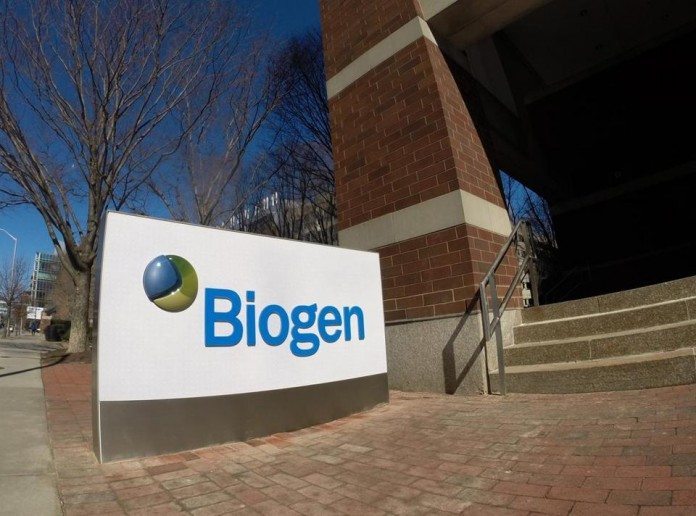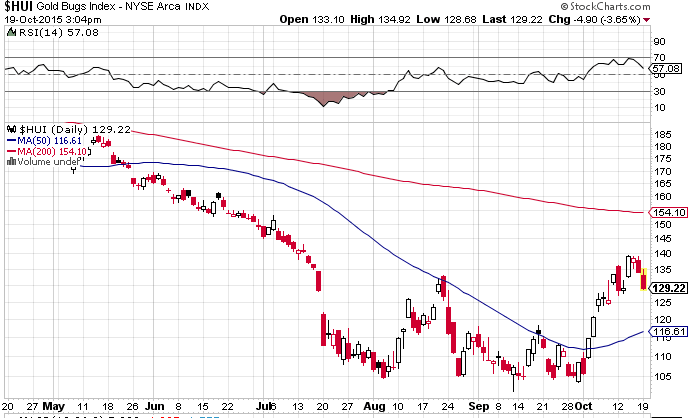October has been a hot month for money changing hands in biotech. Billions of dollars have been spent on collaborations, mergers, acquisitions and partnerships, across all areas of the sector, between companies large and small. Here’s a roundup of some of the key deals in the biotech space from the last couple of weeks.
Roche and Adheron – $105 million upfront, $475 million milestone
On October 9, 2015, Roche Holding AG (OTCMKTS:RHHBY) announced its acquisition of Adheron Therapeutics. The incumbent biotech and big pharma company is set to pay the latter $105 million cash, with a further $475 million set aside for milestone and royalty payments going forward. Adheron has created a proprietary technology that inhibits what’s called Cadherin-11, a protein that the company has proven plays a role in a range of conditions. The condition Adheron is focusing on as an initial indication is rheumatoid arthritis, for which Roche will be footing the bill for a phase II starting during the first half of next year. We saw some pretty promising preclinical and phase I data released earlier this year, and Roche clearly believes it can carry SDP051 – the treatment in question – through to approval. One to keep an eye on going forward.
Immunomic and Astellas – $300 million upfront
Mid month, we learnt that Astellas Pharma (OTCMKTS:ALPMY) had closed a deal with privately held Immunomic Therapeutics. According to the terms of the deal, Astellas will pay $300 million upfront for exclusive rights to develop Immunomic’s LAMP technology, which is a platform that enhances DNA vaccination. DNA vaccination is a big deal in biotech at the moment, and this deal is an extension of a previous agreement penned back in January this year, which saw the companies collaborate on the same tech in a Japanese, ongoing clinical trial. The initial deal remains in place, and Astellas is looking to target a peanut allergy indication as its initial application for the technology. With an estimated 1.5 million US individuals suffering from peanut allergies, the right price point could translate to a billion-dollar market for the LAMP peanut indication. 10% of net sales will head back to Immunomic as part of the terms of the agreement.
Johnson and Johnson, Novera and enGene – CAD450 million, CAD441 million upfront, undisclosed milestones
On October 14, Johnson & Johnson (NYSE:JNJ) announced a collab deal with Novera (alongside the Ontario Institute for Cancer Research) that will see the two companies codevelop Novera’s pipeline of oncology candidates. We didn’t get the numbers, but we know there is an upfront payment involved alongside tiered royalties of up to CAD450 million. Novera is the commercial arm of the OICR, set up to facilitate exactly this sort of deal with the goal of bringing biotech oncology candidates discovered in the lab to market. There’s not much info out there on what the company’s pipeline involves specifically (all we know is that the target will be hematological), but it wont be long before we get word from J&J on which elements of Novera’s pipeline will be its initial focus. J&J has been pretty active in oncology over the last few years, and this move looks to be an extension of that activity. Again, this is one to watch as we head into the beginning of 2016.
Concurrent to the Novera deal, J&J also penned a deal with EnGene – another Canada based company that targets an indication of inflammatory bowel disease (IBD) with its aptly named Gene Pill and enema delivery tech. Again, we didn’t get the details of the upfront payment (though we know there is one involved), nor did we get a figure on the royalties EnGene is set to receive on commercialization (again, we know there are royalties involved) but we did get the numbers on the milestone payments – up to CAD441 million spread throughout the clinical phases. The company is looking to initiate a phase 1/2a study for EG-10, its lead IBD candidate at the beginning of next year, so any clinical updates could be near term catalysts for J&J stock if we get an indication of efficacy.
Nipro and Sinocare – $273 million upfront
Last week, Nipro Corporation (TYO:8086) announced it was selling off its diagnostics arm – Nipro Diagnostics – to Chinese biotech behemoth Sinocare (300298.SZ). The deal sees Sinocare pay $273 million cash upfront to Nipro, in return for the latter’s diagnostics assets – primarily a bunch of diabetes and blood glucose level monitoring tools. The two companies are leaders in the field, Nipro in the US and Canada and Sinocare in China, and this move consolidates their biotech operations and gives the Chinese organization a real strong footing in the space in the US. As a quick aside, Nipro is headquartered in Japan, but most of the facilities and assets associated with its diagnostics arm are located in the US and Canada. Keep an eye on the second quarter of next year, which will be the first time we get a consolidated financial statement that incorporates the sale, to get an idea of the quantitative implications of the arrangement.

